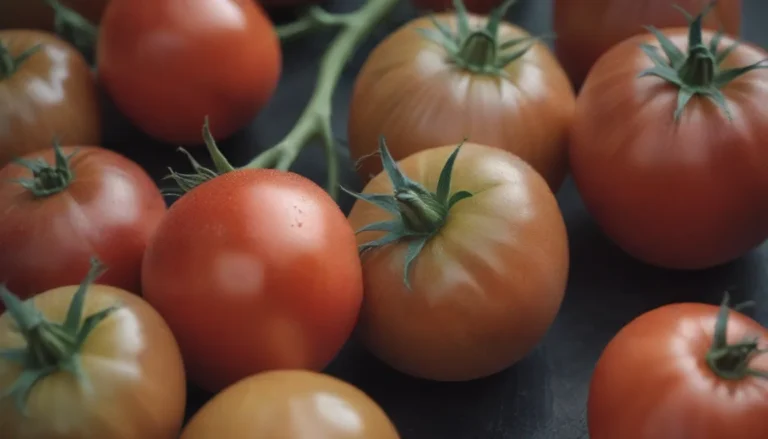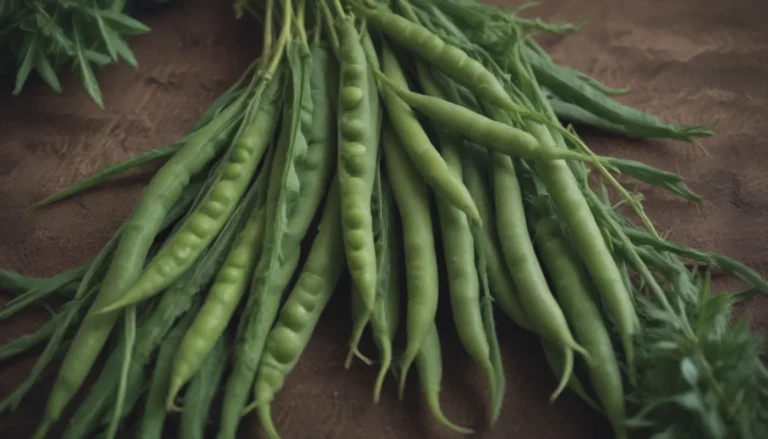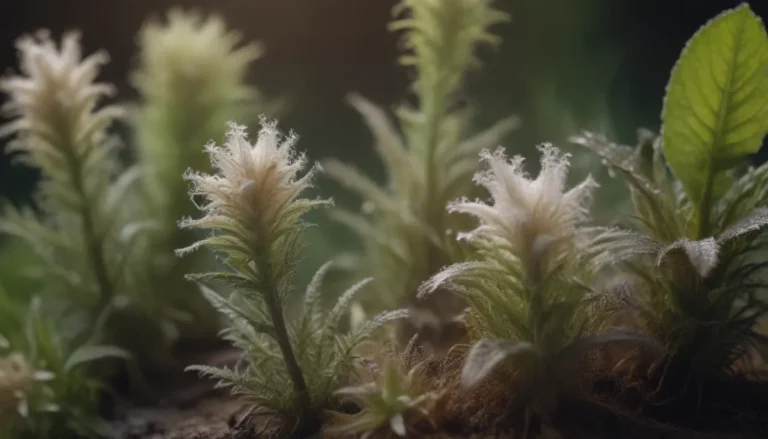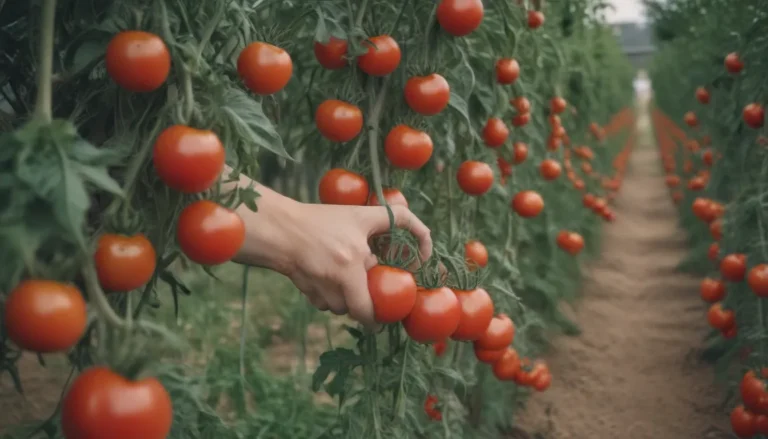Comprehensive Guide to Growing and Caring for Utah Juniper

Utah junipers are fascinating trees that have adapted to thrive in harsh conditions such as rocky crevasses, cliffs, and desert landscapes. Their unique characteristics make them an interesting addition to any landscape. In this comprehensive guide, we will explore everything you need to know about growing and caring for Utah juniper to ensure they thrive in your garden or outdoor space.
Understanding Utah Juniper
Before delving into the care requirements, let’s take a closer look at what makes Utah juniper unique:
- Utah juniper is a short, tree-like evergreen shrub with bushy upright growth and rough green foliage.
- It has a tap root that extends 15 to 25 feet deep into the ground to search for moisture, making it highly drought-tolerant.
- Utah junipers prefer hot, dry climates and are frost-hardy, thriving in zones 5-8.
- These trees are slow-growing and can live for hundreds of years, reaching a maximum height of 30 feet.
Utah Juniper Care Requirements
To ensure the health and vitality of your Utah juniper, it is essential to follow these care requirements:
Light
- Utah junipers prefer full sun but can tolerate partial shade.
- This adaptable plant grows in extreme locations and can adjust to varying light conditions.
Soil
- The ideal soil for Utah juniper is a loose, inorganic mix that is neutral to slightly alkaline.
- A sandy, gravel pumice mixture is perfect for enhancing soil conditions, but Utah junipers are not particularly picky about soil types.
Water
- Water young plants to establish them, but mature Utah junipers are highly drought-tolerant and require minimal watering.
- These trees are ideal for xeriscaping or waterwise gardens.
Temperature and Humidity
- Utah junipers thrive in hot, dry climates and are well-suited for the desert Southwest.
- They are frost-hardy and can withstand harsh environmental conditions.
Fertilizer
- Utah junipers do not require fertilizer. If soil testing reveals acidity, amendments can be added to increase alkalinity.
Pruning Tips for Utah Juniper
Proper pruning is essential to maintain the health and aesthetics of Utah juniper. Follow these tips for successful pruning:
- Light pruning is required to remove dead material and shape the tree.
- Avoid branching issues by selecting a main leader from two branches and pruning off the other one.
Propagation of Utah Juniper
While propagating Utah juniper can be challenging due to the plant’s slow maturation and limited seed production, cuttings can offer a small chance of success. Follow these steps for propagating Utah juniper with cuttings:
- Obtain a cutting from a young Utah juniper plant from a nursery.
- Take the cutting in autumn for optimal success.
- Follow proper planting and care techniques for the cutting to thrive.
Overwintering Care for Utah Juniper
Young Utah junipers may require additional care during extremely dry winter seasons. Monitor the root ball of young saplings to determine if they need water over the winter. Providing moisture during dry winters can help establish young trees.
Common Plant Diseases and Problems
Utah junipers are remarkably resilient trees, but they may face occasional challenges. Here are some common plant diseases and problems associated with Utah juniper:
Plant Diseases
- Mistletoe, a parasitic plant, is the most notable abnormal growth on Utah junipers. It typically grows on the tree to extract water from the branches and has minimal impact on the tree’s health.
Common Problems
- Utah junipers may experience dieback, especially during acute drought periods, leading to unexpected canopy loss.
- While dieback is rare, stress from drought can cause stunted growth and visual abnormalities in Utah junipers.
Nurturing Native Plants: Utah Juniper
Utah junipers are native to the dry soils of the southwestern United States, including Utah, Nevada, Arizona, and New Mexico. While they may resemble other juniper species, such as Rocky Mountain juniper and one-seed juniper, Utah junipers have distinct characteristics that set them apart.
In conclusion, caring for Utah juniper requires understanding their unique growth habits and adapting to their specific care requirements. By providing proper light, soil, water, and maintenance, you can ensure the health and longevity of these resilient trees in your outdoor space.
References:
– Utah State University Extension. Nurturing Native Plants: Utah Juniper.
– USDA Forest Service’s Fire Effects Information System. Species: Juniperus osteosperma.
– United States Department of Agriculture. Juniper Mistletoe.
– School of Biological Sciences, University of Utah. Rapid and surprising dieback of Utah juniper in the Southwestern USA due to acute drought stress.
– National Park Service. The Indomitable Juniper.





